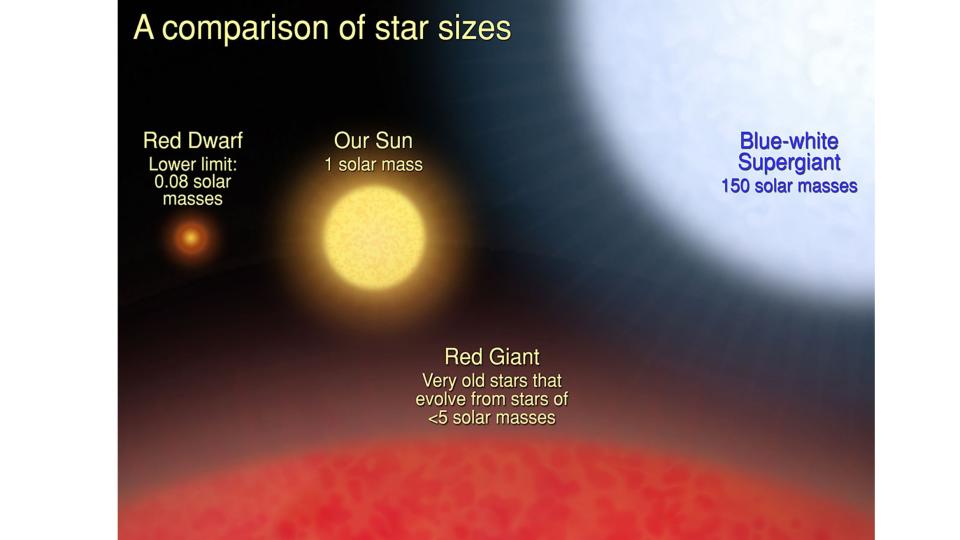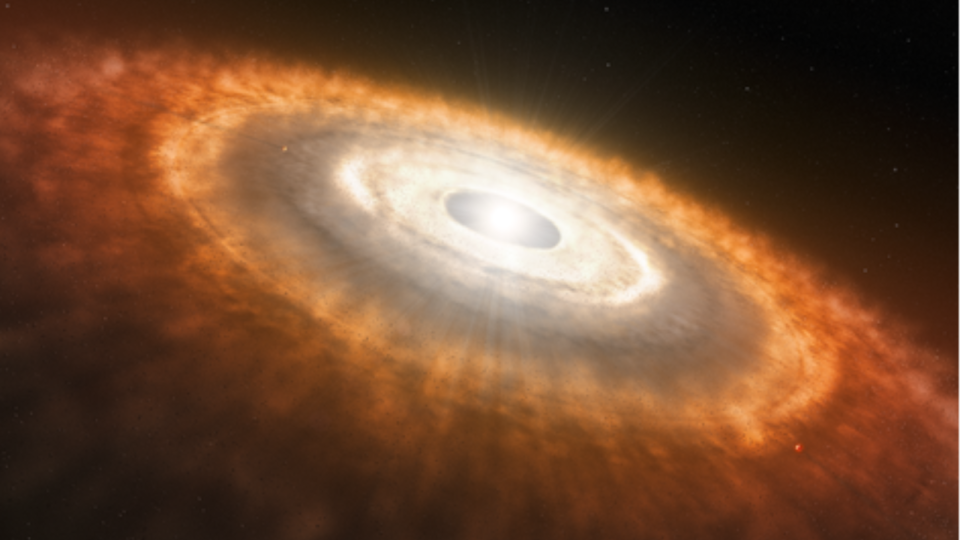In December 2023, the Hubble Space Telescope completed its largest program since its launch in 1990. With this program, the telescope made observations of 500 individual stars over three years – and scientists are now ready to dive into this cosmic Easter egg of data.
The comprehensive Hubble Telescope survey is called the Ultraviolet Legacy Library of Young Stars as Essential Standards, or ULLYSES; Hubble was considered by ULLYSES operators to be the only active telescope capable of accomplishing such a groundbreaking undertaking.
These ultraviolet light observation treats will last well beyond the Easter holidays, but will keep researchers busy for decades to come as they provide new insight into star formation, star evolution and the impact stars have on their environment.
“I believe the ULLYSES project will be transformative and impact overall astrophysics, from exoplanets to the effects of massive stars on galaxy evolution, to understanding the earliest stages of the evolving universe,” says Julia Roman-Duval, leader of the ULLYSES Implementation Team at the Space Telescope Science Institute (STScI) in Baltimore, Maryland, said in a statement. “Beyond the specific objectives of the program, the stellar data could also be used in the field of astrophysics in ways we cannot yet imagine.”
Related: Hubble Telescope witnesses the birth of a new star in a stunning cosmic light show (image)
The ULLYSES team used Hubble to first study 220 stars and then delved into the space telescope’s archive to retrieve observations of another 275 stars. The researchers also processed star data from a plethora of other space telescopes and ground-based observatories.
The completed ULLYSES dataset consists of stellar spectra that contain information about each star’s temperature, chemical composition and the speed at which it rotates.
Hubble and ULLYSES see red (and blue)
Of particular interest to the ULLYSES team are super-hot and massive blue stars that can become a million times brighter than our Sun. These scorching stars glow strongly in ultraviolet light, meaning Hubble can easily distinguish them.
Massive blue stars live fast and die young, rapidly burning the fuels needed for their intrinsic nuclear fusion processes and forging “metals,” the term astronomers use to describe elements heavier than hydrogen and helium. Hydrogen and helium are the elements that largely make up stars at the beginning of their lives.
The stellar spectra of massive blue stars can reveal details about the speeds of powerful stellar winds flowing outward from them. After massive stars explode in supernova explosions, it is these stellar winds that spread the elements that forged these stars. The elements are then distributed throughout the cosmos – so understanding these winds would be an important step toward understanding the galactic distribution of heavy elements that become the building blocks of the next generation of stars and planets. These elements may also ultimately form the basis for life in the universe.

As a result of this spreading process, each successive stellar generation has a greater concentration of metals than the previous one. The first generation of stars, formed when the majority of the universe’s atoms consisted of hydrogen and some helium, are considered “metal-poor,” while later generations of stars, including the Sun, are “metal-rich.”
ULLYSES and Hubble focused on blue stars in galaxies close to the Milky Way that appear to be deficient in metals. These stars can therefore act as proxies for the earliest stars, allowing scientists to investigate stars that existed in the early universe and are now beyond the range where we can easily see deep detail.
“ULLYSES observations are a stepping stone to understanding those first stars and their winds in the universe and how they influence the evolution of their young host galaxy,” Roman-Duval said.
At the other end of the color (and size) spectrum, the ULLYSES project also focused on young stars that are cooler, smaller and redder than the Sun. These stars were also closer to home, in active star-forming regions of the Milky Way.
During their formative years, as they gathered mass from the disks of gas and dust that enveloped them, these young red stars caused turbulence in their systems by spewing out high-energy ultraviolet and X-ray light. This would have had an impact on the planet-forming disks around these stars, and influenced whether the planets that would eventually be born around these stars could ever be habitable.


The Hubble observations collected for ULLYSES can help scientists better understand the processes by which these young stars collect matter from their surroundings to pile up the mass needed to fuel nuclear fusion from hydrogen to helium. Starting that process would turn the young star into a full-fledged star.
This could also reveal the effect these stars have on the disks around them, which will eventually form planets. So studying the survey could potentially help scientists better understand which systems are more suitable for searches for life.
Related stories:
— The James Webb Space Telescope focuses on the star-forming region in the Triangulum Galaxy (images)
– The bright spot glimpsed by Hubble really is a huge ancient galaxy, James Webb Space Telescope reveals
– James Webb Space Telescope complicates the paradox of the expanding universe by checking out Hubble’s work
“ULLYSES was originally conceived as an observational program using Hubble’s sensitive spectrographs. However, the program was greatly enhanced by community-led coordinated and supportive observations with other ground and space observatories,” said Roman-Duval. “Such broad coverage allows astronomers to investigate the lives of stars in unprecedented detail and provide a more comprehensive picture of the properties of these stars and the way they influence their environment.”
Even before ULLYSES data provides new insights into the life of stars and their environment, this study shows that even after more than three decades of cosmic observations, Hubble is still delivering groundbreaking science.